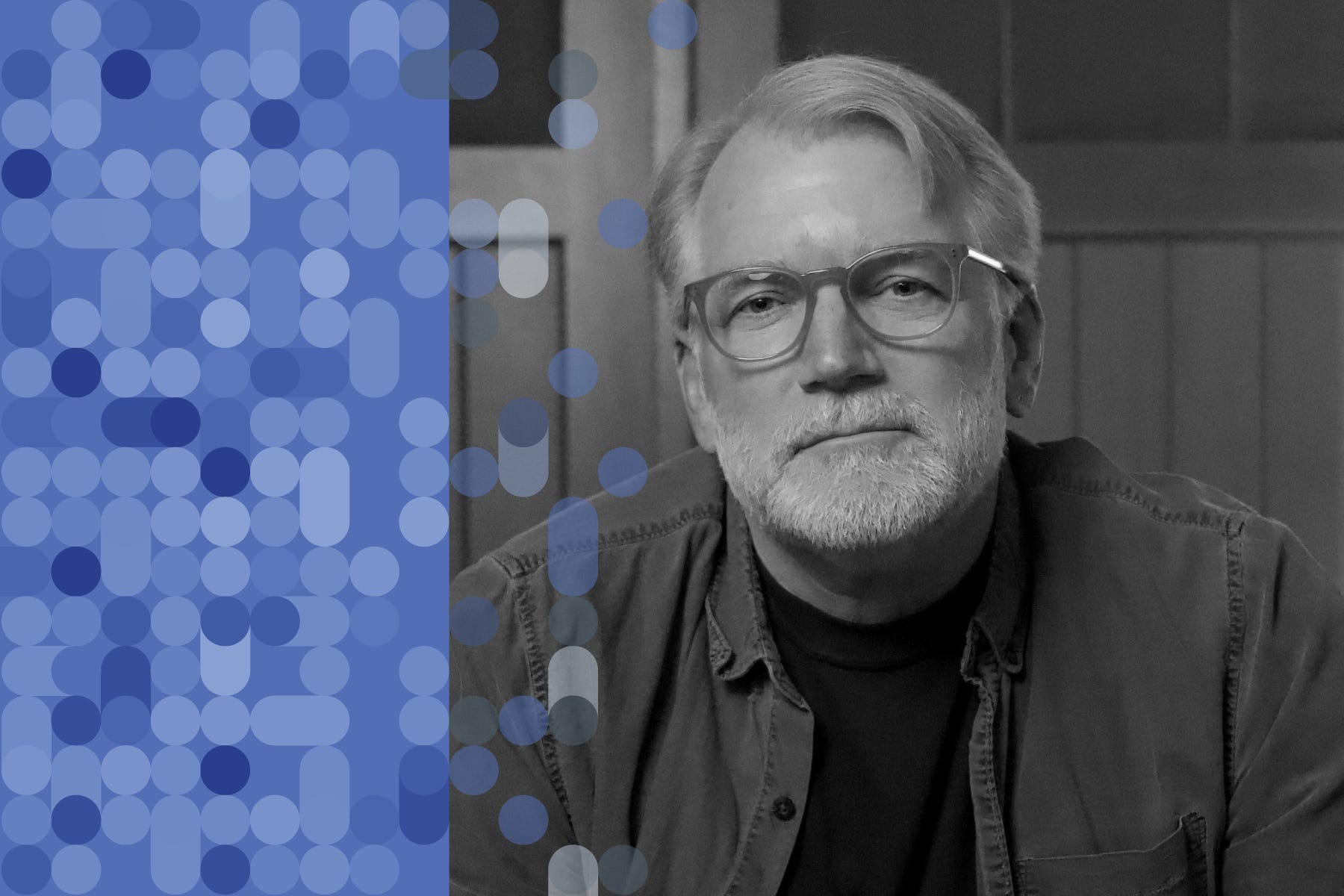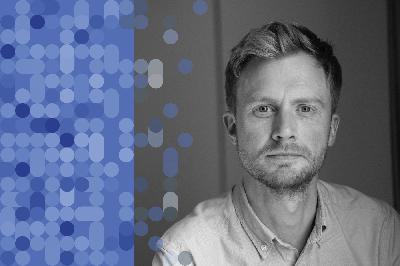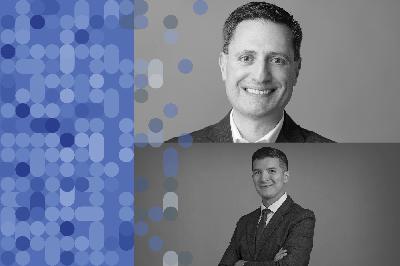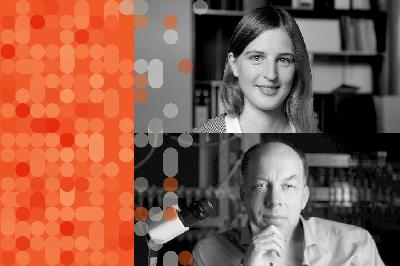Ardem Patapoutian: The Pervasive PIEZO Channels
Description
Piezo touch and pressure-sensing ion channels are showing up everywhere as the explanation for physiologic phenomena, both at the macro and micro levels. Ardem Patapoutian, my friend and colleague at Scripps Research, discovered these receptors back in 2010 and was awarded the Nobel Prize in 2021 for his work. As you’ll see/hear from our conversation, the field has exploded. And you’ll get to know Ardem, who is such a fun, charismatic, and down-to-earth person. He also recently got a unique tattoo (videos below) and I wonder (unlikely) if any other Nobel laureates have one related to their discovery?!
Below is a video clip from our conversation. Full videos of all Ground Truths podcasts can be seen on YouTube here. The current one is here. If you like the YouTube format, please subscribe! The audios are also available on Apple and Spotify.
Transcript with links to audio
Eric Topol (00:07 ):
Well, hello. It's Eric Topol with Ground Truths, and I've really got a special guest today. The first time for the podcast, I've been able to interview a colleague and faculty at Scripps Research, Ardem Patapoutian, who just by the way happens to be the 2021 Nobel Laureate in Physiology or Medicine. So welcome, Ardem. It's so wonderful to have you.
Ardem Patapoutian (00:30 ):
Thanks so much, Eric. Looking forward to chatting with you.
Eric Topol (00:34 ):
Well, this has been interesting because although I've known you for several years, I didn't research you. I mean, I had to learn about more than I even do. And of course, one of the great sources of that is on the Nobel Prize website where you tell your whole story. It is quite a story and not to review all of it, but I wanted to go back just before you made the call to move to Los Angeles from Beirut, Lebanon and with the scare that you went through at that time, it seemed like that was just extraordinary that you had to live through that.
Ardem Patapoutian (01:11 ):
Yeah, so I am of Armenian origin, but I was born in Lebanon and born in 1967, so I was eight years old when the civil war started. So it's a kind of bizarre childhood in the sense that with all the bombs and fighting in Lebanon. So it was tough childhood to have, but it was never personal. It was bombs and such. And so, the event you're talking about is, I happened to be kidnapped while crossing East to West Beirut. They only held me for four or five hours at first asking me questions to see who I am, but I think they pretty soon figured out that I was not a dangerous guy and they ended up letting me go. But before that, that incident really had a huge impact on me so that by the time I got home, I literally said, I'm out of here. I'm going to find a way to leave the country. And so, that's what, very quickly within a few months I packed and came to United States.
Eric Topol (02:19 ):
And how did you pick LA to be your destination?
Ardem Patapoutian (02:22 ):
Being from the Armenian community, there's a lot of Armenians in Los Angeles. My cousins already had moved there. They also grew up in Lebanon. And my brother, who's a few years older than me, got admitted to USC graduate school in engineering. So he was going to be there. So it made a lot of sense.
Eric Topol (02:44 ):
Oh yeah.
Ardem Patapoutian (02:45 ):
Unlike him, I came with no school or job prospects because it happened so fast that I kind of just left. One year I was at American University of Beirut for one year, but then just left and came here. So worked for a year in various jobs and then started going back to school to UCLA.
Eric Topol (03:07 ):
Yeah, I saw how there was about a year where you were delivering pizzas and before you got into UCLA, and that must have been an interesting off year, if you will. Well, the story of course, just to fast forward, you did your baccalaureate at UCLA, your PhD at Caltech, postdoc at UCSF, and then you came to Scripps Research 24 years ago along with Pete Schultz, and it's been quite an amazing run that you've had. Now, before we get into PIEZO receptors, the background, maybe you could help me understand, the precursor work seems to be all related to the transient receptor potential (TRP) series, also ion channels. They were of course related to whether it was heat and temperature or somatosensory. How do these channels compare to the ones that you discovered years later?
Background on these Ion Channels
Ardem Patapoutian (04:09 ):
Yeah, so the somatosensory neurons that innervate your fingertips and everywhere else in your body, their main job is to sense temperature and pressure. And this is very different than any other neuron or any other cell. So when you touch a hot stove that’s burning hot, you need to know about that immediately within milliseconds or something cold. So the opposite side of it is pressure sensing, and it also comes in light touch, which is pleasant or a hammer hitting your finger, which is unpleasant. But all of these have the same characteristic anyway, that is your body has learned at the molecular level to translate a physical stimulus such as temperature and pressure into an electrical signal that neurons use to communicate with each other. But this idea of how you translate physical stimuli into chemical or electrical signal has been a long open question because as you know, most of our cells communicate by chemicals, whether that's hormones or small molecules, we know how that works, receptor bind to ligand, confirmational change and you get a kinase activation and that's enough. But here, how do you sense pressure? How do you sense temperature? It was just, there wasn't much known about that. And that's why our earlier work on TRP channels, which were temperature sensors came before the pressure. And so, they're very related in that sense.
Eric Topol (05:52 ):
The structure of these, if you were to look at them, do they look pretty similar? What the TRP as you say, and what you did back in the 2010 Science paper, which we'll link to, of course the classic paper where you describe PIEZO1 and PIEZO2, but if you were to look at this structures, would they look pretty similar?
Ardem Patapoutian (06:14 ):
No, that's a good question. And they absolutely don't. That's why finding these receptors were so hard. So if you go back to other sensory receptors, vision rhodopsin G-protein coupled receptor (GPCRs), larger G-protein coupled receptor look the same. So for example, when it was identified by chemically, that smell also works through G-protein coupled receptor. Richard Axel and Linda Buck, who also won the Nobel Prize, found those receptors by homology to visual GPCRs. The ion channels other than the fact that they crossed the membrane a few times or more, they have nothing else in common. If you looked at their structure, you can't even immediately tell
























